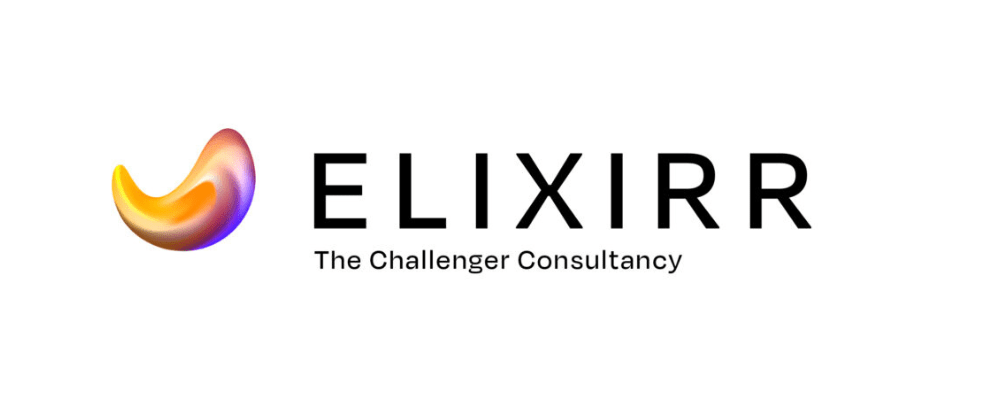
In the current business landscape, artificial intelligence offers unprecedented opportunities for innovation and growth. Our experts answer the most common questions when it comes to developing an AI strategy to gain a competitive advantage. This article covers key considerations, potential risks and best practices for integrating AI into your business.
Should every company have an AI strategy?
Absolutely. Every company needs an AI strategy, not just as a tech initiative, but as a core part of business planning. As business leaders, you need to ensure your companies aren’t just reacting to AI, but proactively leveraging it for competitive advantage. AI will continue to change how businesses and markets operate. This doesn’t mean a complete overhaul right away, but rather a thoughtful integration that aligns with your long-term value creation for shareholders. To get started, consider helping your board think through where AI could be applied today to drive productivity with available tools and then start to imagine it’s broader impact.
How to assess your company’s suitability for the adoption of AI
Every company is likely using AI. Whether they know it or not is a different story. As business leaders, your role is to guide this assessment at a strategic level. Start with a data audit: what data do you have, and is it of sufficient quality and quantity? For example, a healthcare company might have lots of patient data but need to address privacy concerns before leveraging it for AI. Next, look at core processes: where could AI drive significant efficiencies or insights? In financial services, AI in fraud detection isn’t just cutting costs; it’s enhancing customer trust. Also, assess your company’s cultural readiness and technical capabilities. Consider establishing an ‘AI readiness’ KPI that combines these factors, which you can track at the board level. Remember, this assessment isn’t a one-time event but should be an ongoing part of your strategic oversight.
When to start and how to find and assess high-impact AI initiatives
The time to start is now, but with a measured approach. Ask management where they’ve identified AI initiatives and how they align with the strategic objectives. For example, if customer retention is a key goal, you might prioritise AI-driven personalisation initiatives, sentiment analysis, or sales effectiveness. To find and assess impact opportunities, we like to take two approaches. First, what can deliver results today. Look for parts of company operations that are repetitive, time intensive, clearly documented or understood, consume considerable resources (money or time), and involve data from a variety of systems. The more boxes you can check the better. Assess these areas based on ROI. Second, look to the future for opportunities to reshape the business entirely. We love to use the framing of “What if AI could…” to open up the conversation to dream big and then work backwards.
How to identify your AI-readiness gaps
Most organisations are both more prepared and less prepared than they think. Why is this? More often than not, AI initiatives can be started today even though companies think they have a lot of work to do to get ready. At the same time, organisations tend to lack the data strategy, technical capabilities, talent pool, and ethical frameworks needed to realise its full potential.
Consider implementing an AI-readiness scorecard with metrics like ‘data quality index’ or ‘AI talent density’ that you review quarterly. Also, don’t overlook regulatory readiness – the AI landscape is rapidly evolving, and you need to stay ahead. Remember, identifying gaps isn’t about finding fault; it’s about strategically prioritising investments. You should be asking: How do these gaps impact our competitive position? What’s our plan to address them? How does this align with our overall digital transformation strategy?
How to optimise the costs for your AI solution
Cost optimisation in AI is a balancing act that deserves board-level attention. It’s not just about cutting costs but maximising value. Start by ensuring clear, measurable objectives for each AI initiative. For example, if you’re implementing AI in customer service, track metrics like reduction in response time and improvement in customer satisfaction scores. Consider cloud-based solutions for flexibility, but also evaluate the long-term cost implications. Investing in up-skilling your workforce can reduce dependency on external partners but should not be taken lightly. You should be asking: What’s the total cost of ownership for this AI solution? How does it compare to industry benchmarks? Are we balancing short-term expenditure with long-term value creation? Remember, sometimes spending more upfront, particularly on data quality and infrastructure, can lead to significant savings and better outcomes down the line.
Why most AI projects fail and how to avoid implementation failures
As business leaders, understanding why AI projects fail is crucial for effective oversight. Common pitfalls include unrealistic expectations, poor data quality, lack of cross-functional collaboration, and insufficient change management. For instance, an AI project in healthcare might fail not due to technology, but because of resistance from medical staff who weren’t properly engaged. To mitigate these risks, ensure that every AI initiative has a clear business case tied to your strategic objectives. Insist on rigorous data governance. Encourage cross-functional teams and consider appointing an AI ethics committee. Importantly, view AI implementation as a change management challenge as much as a technical one. You should be asking: How are we measuring the success of our AI projects? What’s our plan for scaling successful pilots? How are we learning from setbacks? Remember, creating a culture that sees AI adoption as a journey of continuous learning is key to long-term success.
Communicating your AI strategy to the market and investors
Effective communication of your AI strategy is increasingly critical for market valuation and investor confidence. You need to articulate how AI fits into the overall business strategy and the value it’s expected to deliver. For example, a bank implementing AI for risk assessment should communicate how this enhances lending decisions and improves overall portfolio quality. Be transparent about your approach to ethical AI and data privacy – these are key concerns for investors and customers alike. Consider developing AI-specific KPIs that you can report on regularly, such as ‘percentage of decisions aided by AI’ or ‘AI-driven cost savings’. You should be asking: How does our AI narrative differentiate us from competitors? Are we effectively communicating both the opportunities and the risks? How are we demonstrating responsible AI leadership? Remember, the goal is to show that we’re leveraging AI not just for efficiency, but as a core driver of innovation and long-term value creation.
Ready to unleash AI’s potential? Find out more about how our experts can support your organisational goals and position your business at the forefront of the market.
“We help senior business leaders turn ideas into actions. Of course, it’s execution that determines success; that’s why we also make change happen, treating our clients’ business like our own.
Our people make our firm. And while our team expands across the globe, we continue to attract the best talent in the industry, building a team of high performing, like-minded individuals who share our vision of building the best consulting firm in the world.
With the launch of our ESPP scheme in 2021, we gave our entire team the opportunity to be part owners of Elixirr — and with a 74% enrolment rate for 2022, entrepreneurialism has never been more embedded into our business.”
Please visit the firm link to site


